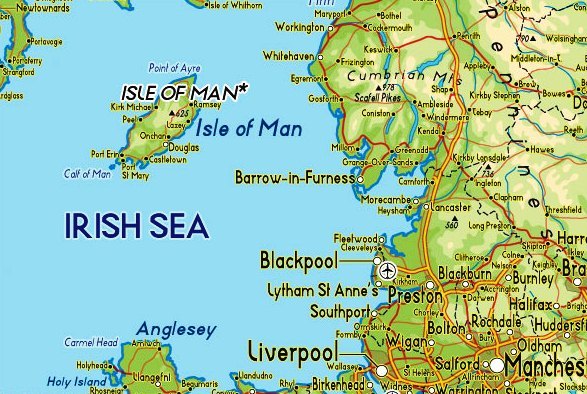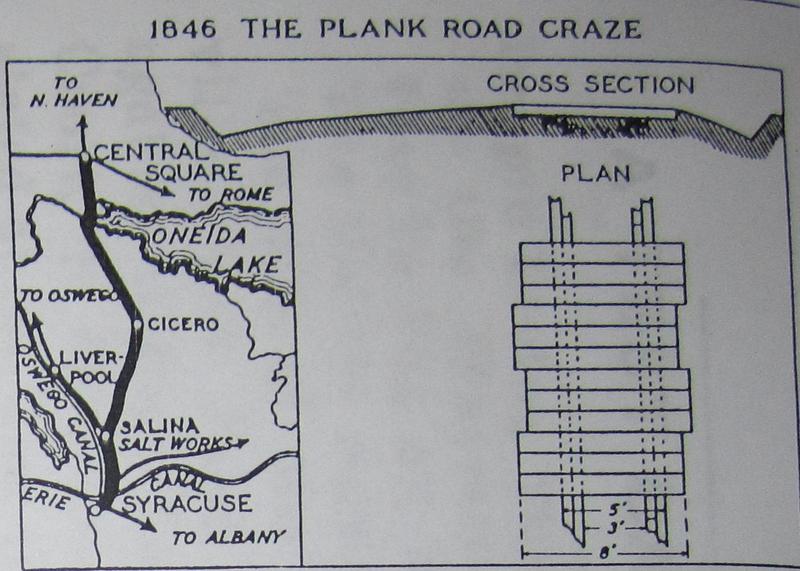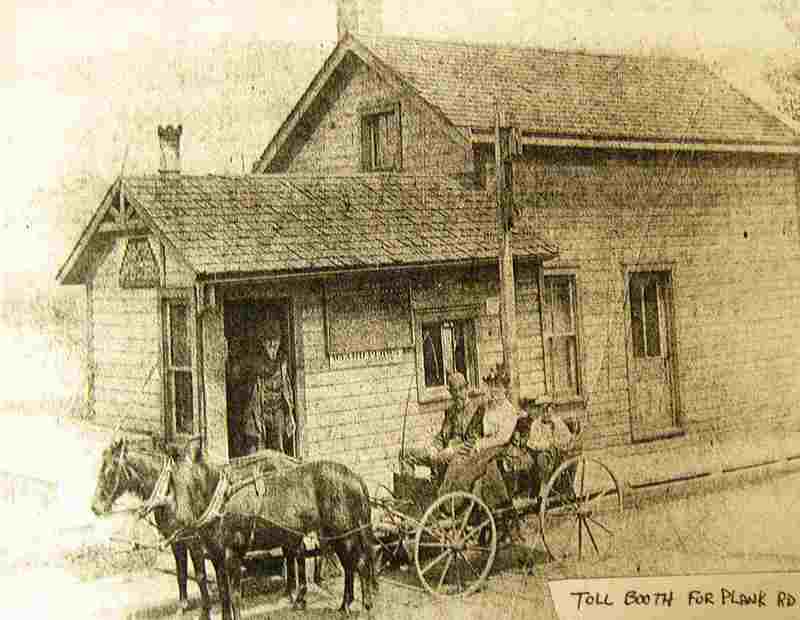William Kewish Home

The oldest homes in Shaker Heights were not built by Oris and Mantis Van Sweringen. They were built instead by migrants and immigrants who came to Warrensville Township in the first half of the nineteenth century to farm. They arrived in large numbers decades before the Van Sweringen brothers created Shaker Heights out of a part of Warrensville Township in the early twentieth century.
Many of the immigrants who came to Warrensville Township in the first half of the nineteenth century were from the Isle of Man, an island located in the Irish Sea between the British Isles and Ireland. They were known as Manx. In the 1850 U.S. census, 179 residents of Warrensville township identified themselves as immigrants from the Isle of Man, thus accounting for more than 12 percent of the township population in that year.
William and Jane Kewish, who built the Kewish home located at 19620 Chagrin Boulevard just west of Warrensville Center Road, were two of the hundreds of Manx immigrants who settled in Warrensville Township in the first half of the nineteenth century. They immigrated to America in 1834 and by the time of the 1840 U.S. census they were residing in Warrensville Township. In 1844, William, who had indicated in the 1840 census that he was employed in "navigation of the ocean" rather than agriculture, purchased 67 acres of farm land along what is now Chagrin Boulevard. By 1847, he had built the house at 19620 Chagrin Boulevard. Unfortunately, just two years later, in 1849, William died and the responsibility for farming the land he had purchased fell upon his widow Jane and the couple's sons, William and John. Jane and her sons received help from William Caine, a brother or other close relative of Jane Kewish, and also himself a Manx immigrant. With the help they received from their Caine relatives, Jane Kewish and her sons managed to successfully farm the land and the land remained in the Kewish family for almost an additional four decades before it was finally sold in 1887.
John Kehres purchased the Kewish home in 1887 and it remained in his family for several decades. During this time, the Kewish home was reputed to have served as the toll station for the Kinsman toll road. Kinsman Road was in the nineteenth century a major market road which ran all the way from Cleveland to the Pennsylvania border at Kinsman, Ohio. (That portion of the road passing through what eventually became Shaker Heights was renamed Chagrin Boulevard in the twentieth century.) In 1874, Warrensville's farmers formed a company for the purpose of constructing a plank road on the portion of Kinsman Road which extended from the Cleveland city limits to one mile past the Warrensville Town center, and to charge users of the road a toll in order to recover their building and maintenance expenses. This plank toll road remained in operation until about 1899.
During these years, the Kehres family became very influential in the affairs of Warrensville Township and later in East View, a small village carved out of township territory in 1905. Several members of the Kehres family became local government officials, and one member, W. F. Kehres, served as both Warrensville Township postmaster and as the first mayor of East View.
The William Kewish Home was designated a Shaker Heights landmark in 1976.
Images







